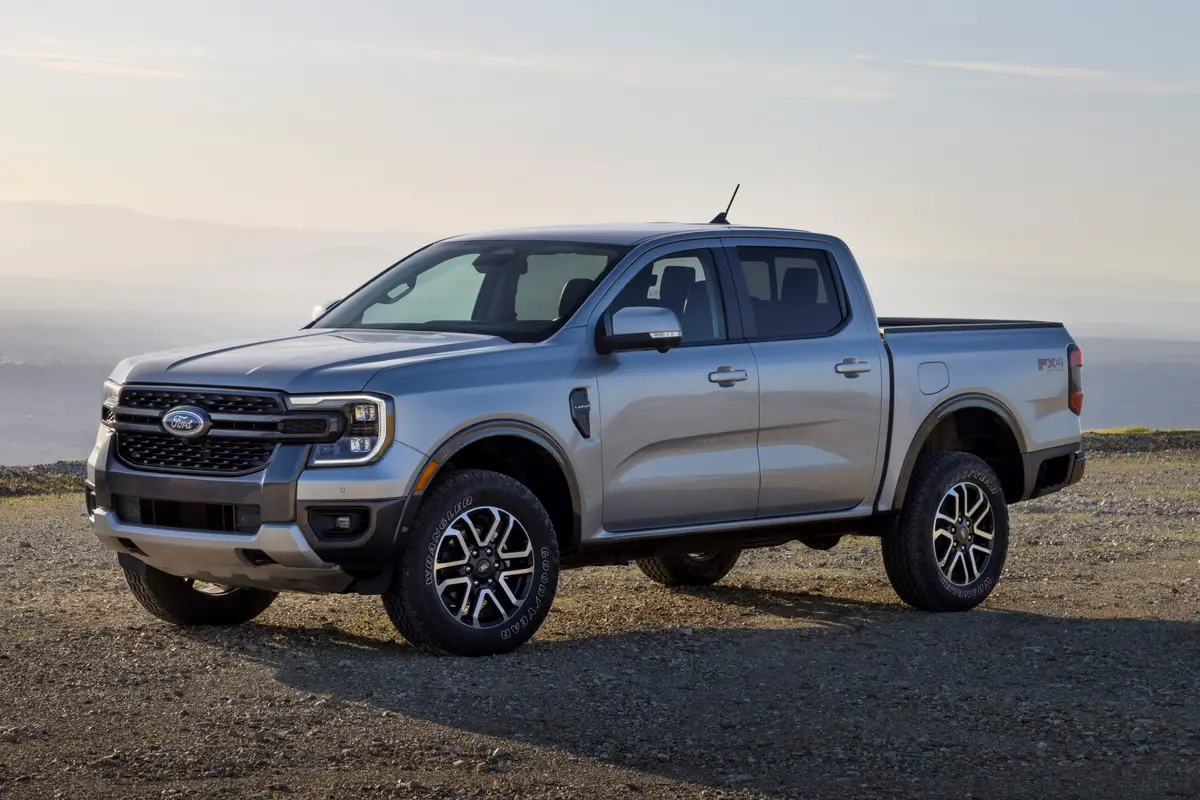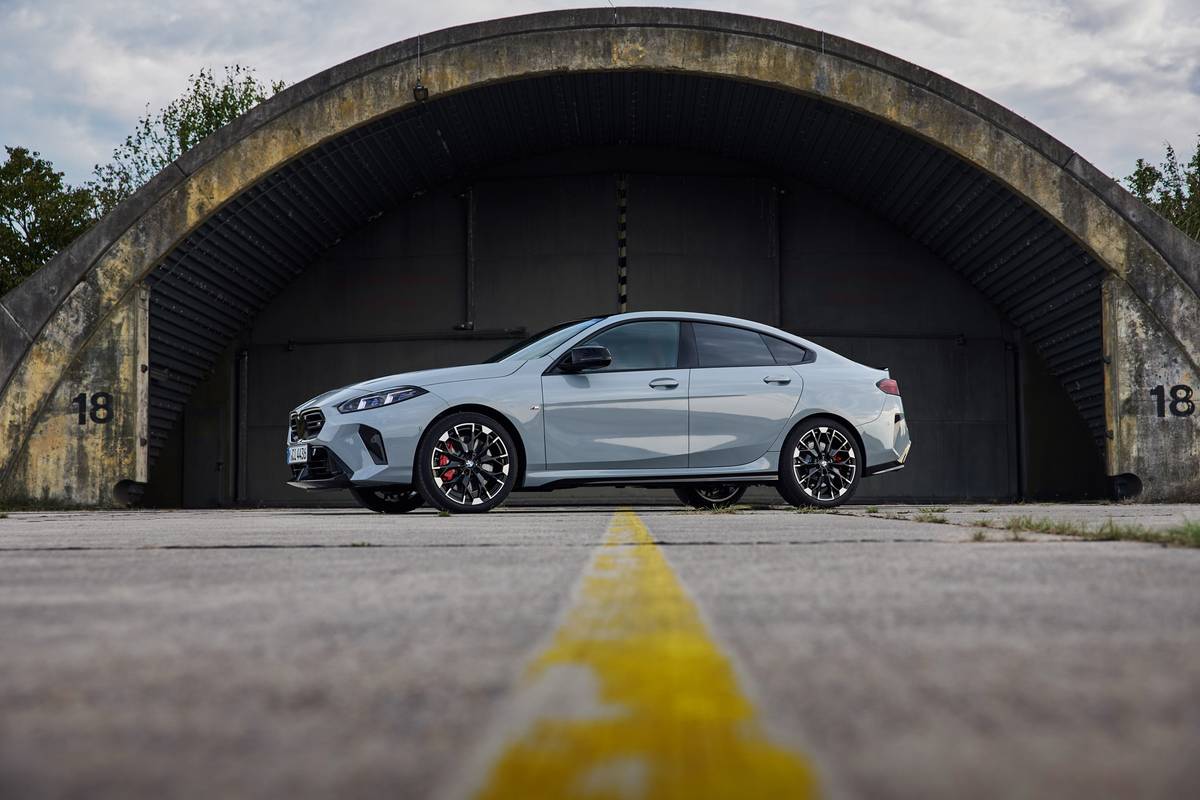The Morning Call and Mcall.com's view
Audi is attacking the image problem of its 5000 with a name change, a number of refinements and what could be the most secure ownership program offered on any car sold in this country. It not only takes the risk out of owning an Audi, it even takes the risk out of trading in one.
Audi did, of course, suffer very bad public relations last year with reports of unexplained acceleration on its automatic transmission-equipped 5000. Media exposure, lawsuits and government investigations greatly affected sales not only on the model in question but every other Audi model as well.
This German manufacturer, understandably, denied anything was wrong with its car and many automotive experts went along with that. The final results aren’t in, and maybe never will be, but in the meantime Audi wants to regain its good name and its share of the market before its troubles began.
A simple name change, of course, is not going to fool many people. But then again it might and it is at least a start. The 5000 now takes on the European designation of 100 and 200, the main difference being that the 100 is the naturally aspirated version while the 200 is turbocharged. The Quattro (four-wheel drive) is available in either model. The new designations follow the new Audi 80 and 90 (the old 4000) introduced earlier this year.
Now that this is out of the way we could go on to what might just make the new model foolproof, or at least very difficult to engage the automatic transmission in other than its designated setting.
The test car, a 100 sedan with automatic, was perhaps most typical of how most of the 5000s were equipped. There is a five-speed transmission available but the American market has always favored the automatic. Anyway, the 100’s new automatic transmission quadrant shifts through a gated pattern that not only shows where the transmission lever is positioned but allows it to be felt, too.
Not to let things go halfway, an audible warning system has been added to Audi’s automatic shift lock which prevents shifting from PARK to a driving gear unless the driver’s foot is on the brake pedal. A buzzer sounds when the vehicle is left in any gear other than PARK, reminding the driver to start from the PARK position. This may sound like somewhat of Teutonic overkill, but, let us not forget, Audi did get badly burned.
A new name and a goof-proof shifting gate certainly may be steps in the right direction in building back confidence in Audi buyers, but a little grease also makes the wheel turn easier. The ”grease” in question is ”The Audi Advantage,” which the company defines as ”providing unmatched security for the car and the buyer from delivery to trade-in.”
Under this program, the company’s three-year/50,000-mile limited warranty is still in effect and scheduled maintenance costs are reduced to practically nothing. During this period, all scheduled maint enance, all routine repairs, all dealer visits, all routine oil changes are paid for when the work is performed at an authorized U.S. Audi dealer. Another extra is that Audi’s limited warranty against corrosion perforation has been extended to 10 years. And roadside assistance is covered by a three-year membership in the United States Auto Club, Motoring Division.
Putting the frosting, or grease, on the funnel cake, though, is a rather unique and somewhat bold Guaranteed Resale Index offering buyers certified trade-in value. From two to four years after initial purchase, an owner is assured when trading for a new Audi that his/her vehicle has retained at least the same percentage of its original base sticker price as the average NADA value retention of the comparable Mercedes-Benz, BMW and Volvo. Should the published value of the Audi be below that average, Audi will make up the difference, either toward the down-payment for the new Audi, or in cash to the wner.
After all is said and done, though, what else is different about the ’89 100 as compared to 5000s of the past? Visually, practically nothing. The very sharp of eye may notice that the door handles are now flush and the wiper arms have new articulation points. The styling is aerodynamic and the car looks as fresh as it did when introduced several years ago. Keep in mind, the 5000 was the first production car with flush-mounted glass, a feature that has been picked up by many other manufacturers.
The interior has been completely, though not radically, restyled. There’s still generous head, leg and hip room for five adults. The instrument panel is now hooded and includes an analog gauge package now with oil pressure, oil temperature and voltmeter gauges, to go along with the speedometer, tach and other instruments. Controls seem to have been simplified but it is very difficult to insert the key in the switch without activating the windshield wipers. Apparently someone overlooked something. A convenient interior feature retained is accessory power for windows and sunroof allowing for operating either or both for a brief period after the ignition is turned off.
Driving the Audi 100 with automatic transmission shouldn’t present a problem to anyone with a driver’s license, or even someone with a learner’s permit. The car is responsive but not the least bit tricky. The four-wheel independent suspension features MacPherson struts up front and torsion-crank rear suspension. Steering uses a rack-and-pinion system and performance 205/ 60VR15 steel-belted radials are mounted on 6J x 15 light alloy wheels. Just how well it will handle is up to the individual’s ability.
No matter what the ability, though, everyone will be safer with the 100’s standard Anti-Lock Brake System (ABS). As I have said many times in the past, ABS is the greatest safety device to be offered since, perhaps, hydraulic brakes. The systemprevents wheel locking, thus helping to reduce stopping distances and improve steering control under adverse or emergency braking situations.
The 100 is powered by Audi’s unique five-cylinder engine. The engine measures 2.3-liter/141-cubic-inches, has an overhead cam, fuel injection and is rated at a healthy 130 horsepower at 5,600 rpm and 140 foot pounds torque at 4,000 rpm. Together with the three-speed automatic transmission, performance is quite good throughout all ranges. Although the sporty driver would have more fun with the five-speed manual, performance probably wouldn’t be that much better. The test car went from 0-60 mph in a little over 10 seconds, had good passing power and cruised the highways at relatively low rpm (under 2,000 at 55 mph).
Fuel mileage was also quite decent. The test car averaged 15 miles per gallon for city driving and 24 mpg over the highway. (The manual probably wouldn’t do any better on city mileage but should get higher numbers on the highway.) Because of the engine’s high 10:1 compression ratio, unleaded premium must be used.
As with other European touring sedans, the 100 is not cheap. The base is $28,030 and includes many, many standard features such as climate control, power sunroof, power windows and mirrors, cruise control, anti-theft alarm system, rear window defogger, power locks, AM-FM stereo cassette radio with six-speaker sound package, stereo headphone jacks for rear seat passengers, illuminated vanity mirrors, 5 mph bumpers and child safety rear door locks and rear window and cigarette lighter lockouts.
Bottom line on the test car was $29,450, including a destination charge of $335 and its two options: trip computer, $260, and eight-way power front seats with driver’s seat memory, $825.
Latest news



